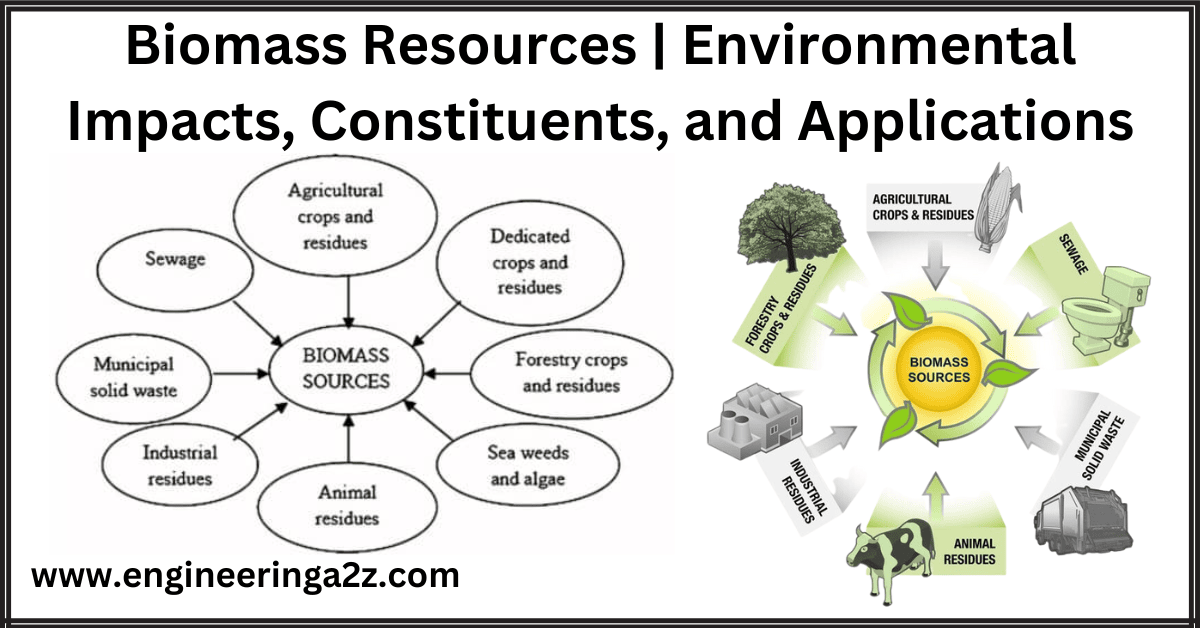Earth Leakage Circuit Breaker (ELCB) | Types, Working Principle, And Construction
Earth Leakage Circuit Breaker (ELCB) In industrial, commercial, and domestic buildings sometimes leakage to earth…
Overvoltage Protection | Internal and External Causes Of Overvoltage
Introduction Voltages more significant than typical voltages are called overvoltages. These may affect the power…
Tidal Energy | Working, Parts, and Applications
Tidal Energy Tidal energy is a type of renewable energy that harnesses the power of…
Solar Collectors | Types, Advantages, and Disadvantages
Solar Collector Solar energy collectors are crucial for converting solar radiation into usable forms like…
Ocean Thermal Energy Conversion | Working Principle and Types
Ocean Thermal Energy Conversion Ocean Thermal Energy Conversion (OTEC) is a renewable energy technology that…
Magnetic Field | Introduction | Effects
Introduction of Magnetic Field The area around a magnetic pole or a magnet within which…
Biomass Resources | Environmental Impacts, Constituents, and Applications
Biomass Resources Biomass in biological terms refers to organic plant matter that can be turned…
Solar Furnace | Working Principle, Construction, and Applications
Solar Furnace A solar furnace is an instrument to get high temperatures by concentrating solar…
Biogas Plant | Selection, Classification, and Advantages
Biogas Plant A biogas plant is a facility that converts organic waste into biogas through…
Non-Renewable Energy Sources
Non-Renewable Energy Sources The sources of energy that can get exhausted and can never be…
















Comments